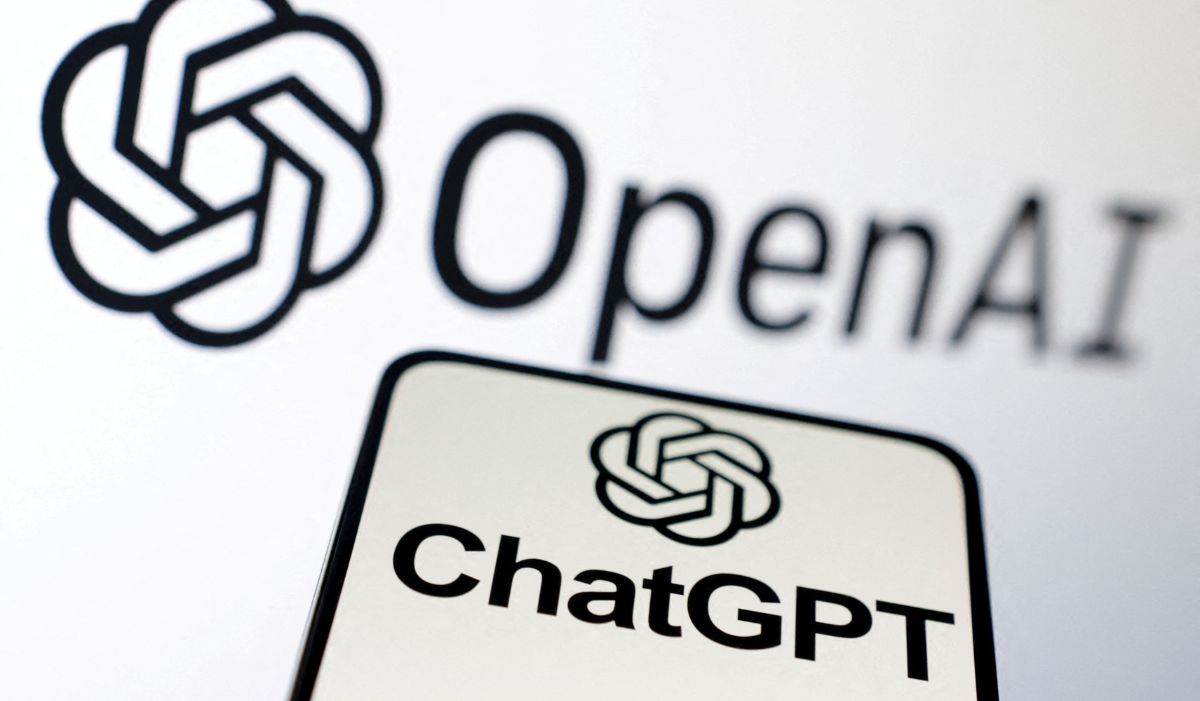OpenAI Releases Open-Source Models That Rival Premium Offerings, Run Locally

OpenAI has released two powerful new language models—gpt-oss-120b and gpt-oss-20b—that are open-source, locally deployable, and comparable in performance to its commercial-grade systems. These models mark the company’s first public release of open-weight language models since GPT-2 in 2019 and arrive at a time of growing competition in the open-source AI ecosystem.
Both models were made available under the flexible Apache 2.0 license, giving developers and businesses worldwide the freedom to use, modify, and commercialise them without restriction. The licensing terms open the door for wide adoption, including by OpenAI’s rivals.
The larger model, gpt-oss-120b, requires a single high-end GPU with 80GB of memory to function—hardware like Nvidia’s A100, priced at around $17,000. Meanwhile, the smaller 20-billion-parameter version can run on more affordable, high-performance consumer GPUs, such as the RTX 4090 with 16GB VRAM.
Despite their open-access nature, these models are not underpowered. OpenAI claims they closely match the performance of its O4-mini model on a range of reasoning tasks and even outperform comparable models on math, code, and medical evaluations. For example, on Codeforces coding competitions, the 120B model scored an Elo rating of 2622 with tools, trailing only slightly behind o3. On the AIME 2024 math benchmark, it achieved 96.6% accuracy, and on the HealthBench test, it hit 57.6%, surpassing previous benchmarks.
The smaller 20B model also delivered impressive results: 2516 Elo on Codeforces, 95.2% on AIME, and 42.5% on HealthBench—all while remaining within the constraints of mainstream hardware.
OpenAI engineered these models with a mixture-of-experts architecture, activating only a subset of parameters per token—about 5.1 billion for the 120B model and 3.6 billion for the 20B—making them more resource-efficient. Both can handle input contexts up to 128,000 tokens, matching the latest commercial models like GPT-4o.
Customisation is also built in. Developers can fine-tune performance and latency using adjustable reasoning settings—low, medium, or high—through simple system prompts. These models were trained using reinforcement learning and other methods derived from OpenAI’s o3 and o4 series.
While open-source means greater accessibility, OpenAI hasn’t ignored safety. The training data was carefully filtered to exclude content related to sensitive threats, and the models were fine-tuned with alignment techniques to help them reject harmful prompts. According to OpenAI’s Eric Wallace, adversarial fine-tuning was conducted to explore the models’ potential misuse in biosecurity and cybersecurity contexts. Evaluations by third-party experts showed that even with extensive tuning, the models stayed well below OpenAI’s threshold for dangerous capability under its internal Preparedness Framework.
Importantly, OpenAI left unsupervised chain-of-thought (CoT) reasoning intact in both models. This decision was made to ensure transparency in tracking potential model misbehaviour and manipulation, especially in contrast to more restricted proprietary releases.
The models are now hosted on Hugging Face, ready for deployment. While the 120B version demands a premium-grade GPU setup, the 20B model brings powerful reasoning capabilities within reach for developers and startups equipped with high-end gaming hardware.





